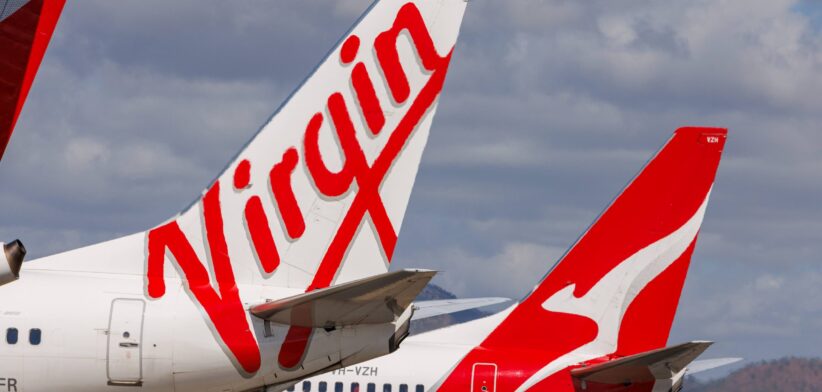Domestic airfares between Australia’s major cities have increased by more than 13 percent since the exit of Rex from key routes.
The latest Australian Competition and Consumer Commission (ACCC) Domestic Airline Competition report found that since Rex suspended services between metropolitan cities on July 31, the average airfare on all major city routes had increased by 13.3 percent to September.
“The recent spike in airfares corresponds with a less competitive domestic airline sector after Rex’s exit from 11 of the 23 services between metropolitan cities,” ACCC Commissioner Anna Brakey said.
“While we also typically see a seasonal peak in air travel in September due to major sporting events and school holidays, there were additional pricing pressures this year. Passengers were no longer able to access the lower fares that Rex offered, and airline seating capacity decreased following Rex’s exit. This in turn has contributed to higher airfares.”
Ms Brakey said since July, the number of seats on services between metropolitan cities fell by 6 percent, while the number of domestic passengers travelling on these routes remained relatively stable, which led to fuller flights.
She said earlier this year, almost half of all passengers flew on routes with either three or four airline groups.
“Currently, there is no domestic route serviced by more than two major airline groups, with Qantas Group and Virgin Australia servicing 98 percent of domestic passengers.
“The exit of Rex as a third competing airline group on services between metropolitan cities may have significant longer-term impacts on the domestic aviation sector,” Ms Brakey said.
“The domestic airline industry has become even further concentrated, and it may be some time before a new airline emerges to compete on popular services between metropolitan cities, with normal barriers to entry and growth exacerbated by aircraft fleet supply chain issues and pilot and engineer shortages.”
Ms Brakey said despite jet fuel prices falling by 41 percent in the 12 months to September, domestic airfares have remained at similar levels for the same period.
She said while the average revenue per passenger was higher in nominal terms (+2.6 percent), there was no change in real terms (-0.2 percent).
“In contrast, Flight Centre’s FCM Travel and Corporate Traveller showed that the average cost of an international economy airfare departing from Australia decreased on average by 5-10 percent from July-September 2023 to July-September 2024.”
Download the report: Domestic airline competition in Australia – November 2024.








